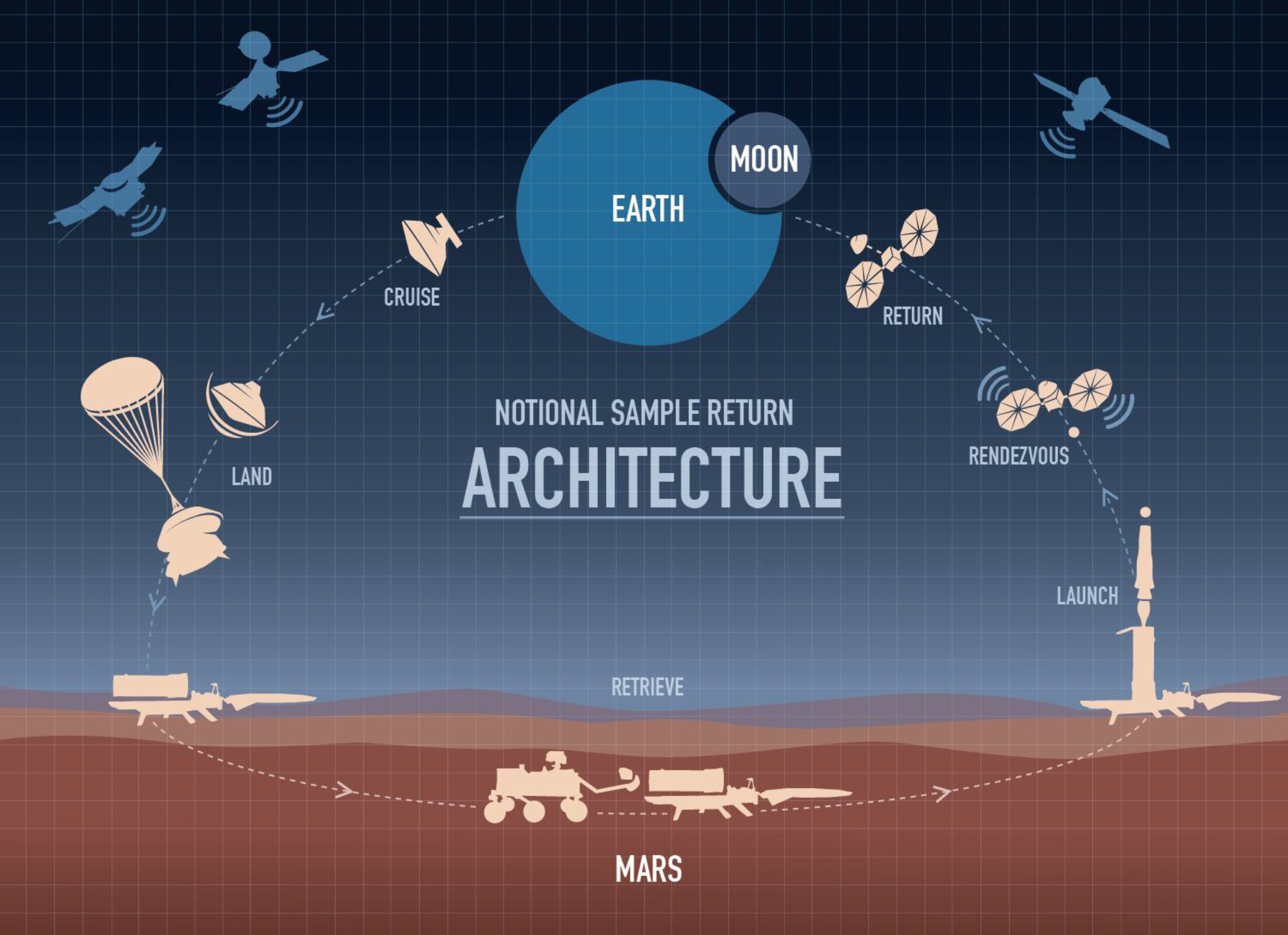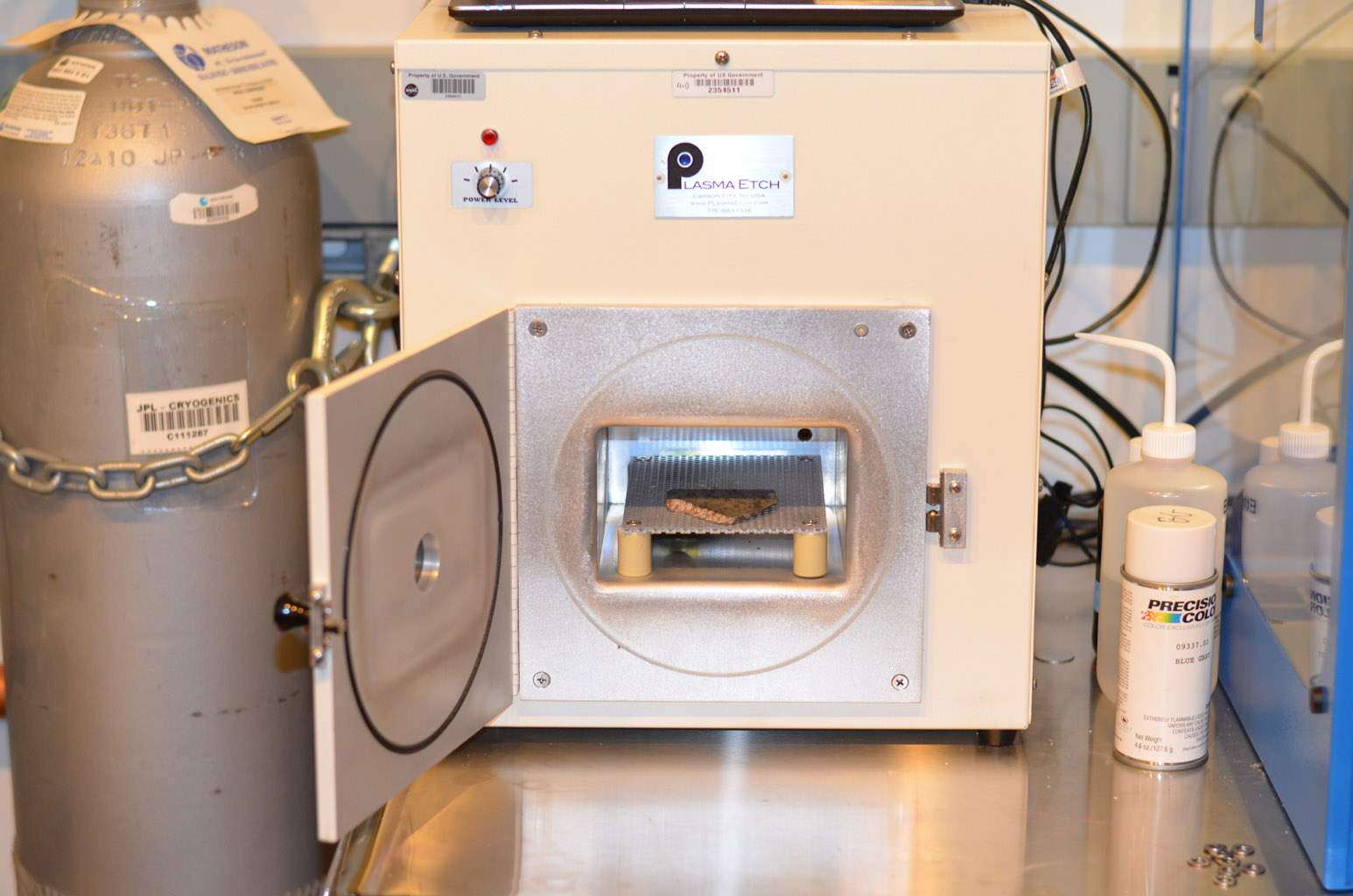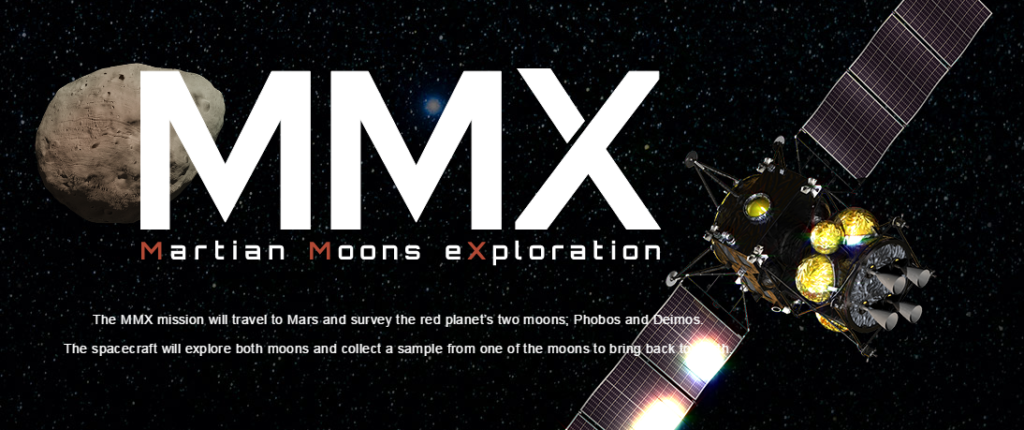
Upcoming missions like NASA’s Mars 2020 might already have the technology to find tiny micro-fossils on the Red Planet.
NASA/JPL-Caltech
When most people imagine hunting for fossils, they probably think of finding dinosaur bones laid down in layers of rock. But the vast majority of life – and therefore fossils – across Earth’s history has been microorganisms. These tiny lifeforms, either plants, animals or fungi, can be smaller than the width of a human hair. But with the right tools, the fossilized records of these tiny creatures reveal insights into the history of a planet. Even planets that aren’t Earth.
A group of Swedish scientists led by Magnus Ivarsson point out in research published May 1 in Frontiers in Earth Science that instruments already planned for upcoming space missions like the Mars 2020 rover could detect tiny fossils on Mars, if they exist. But Mars 2020 can’t analyze every rock it encounters in detail, so the researchers propose a few ways to determine the best places to look on the Red Planet.










